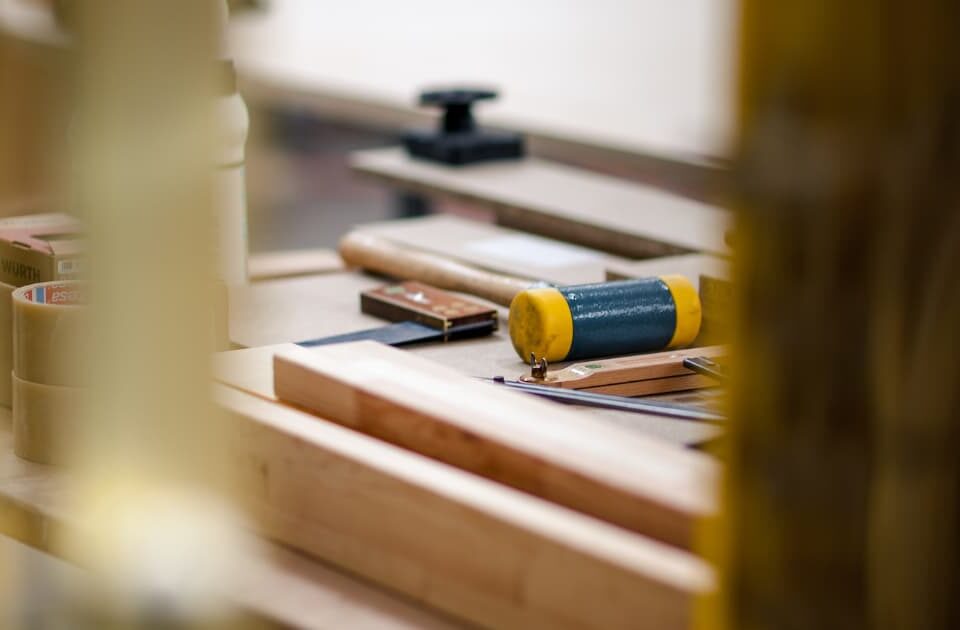When Should You Replace Furniture?

Outdoor Decor Trends for Summer 2021
14th July 2021
Dining Table Shapes: Which is Best for You?
30th July 2021Replacing furniture in your home can seem like a chore, however, it gives you the opportunity to freshen up your set-up and to redesign the aesthetics of the room. It can often be a personal choice for replacing furniture, but if your old furniture starts to break or become unusable, then it’s definitely time to consider replacing it.
How to tell when it’s time to replace your furniture
There are several signs which may indicate that it’s time to replace your old furniture with new pieces. If the furniture is damaged beyond repair, stained, threadbare, or has become uncomfortable to use, you’ll likely need to replace the old stuff.
Your furniture might not even be broken or heavily damaged, your tastes may have just changed – which is also an acceptable indicator that you may need to update the furniture in your home. Also, if you’ve rejigged the layout of your room, furniture may not fit into the space properly, which is another reason to refurnish.
Typical lifespans of home furnishings
Typically, different pieces of furniture will last for a different length of time. The lifespan of furniture will also depend on how much use it gets and how it is treated.
Below we’ve listed some of the most common household furniture and the typical lifespans you can expect to get out of them.
Sofa

Average lifespan: 7-15 Years
Whilst it will likely depend on what kind of materials your sofa is made from, they can last for a while if kept in good condition. Signs that you may require a new one include the cushions starting to sag and if the lumbar support has gone. Any deep tears, unusual smells, or creaking sounds are also indicators that it may be time for a new sofa.
Dining room table
Average lifespan: 15-20 Years
Due to the material of traditional dining room tables, they tend to have a relatively long lifespan of around 15-20 years. However, dining room tables may need replacing if your household grows bigger and you need more room.
Upholstered Chairs
Average lifespan: 7-10 Years
Upholstered chairs tend to have a similar lifespan to sofas, however, if the chairs have reclining mechanisms which stop working, they may need replacing sooner.
Dressing table
Average lifespan: 10-20 Years
Dressing tables tend to be quite durable, but of course the more use they get, the more prone they will be to picking up marks and scratches. If your dresser contains drawers, it may be time to replace it when the drawers are no longer opening and closing properly, or when the table becomes unsturdy.
Coffee table

Average lifespan: 5-10 Years
Again, the lifespan of your coffee table may be impacted by what material it’s made from. Coffee tables are often susceptible to a lot of wear and tear, whether that be from feet, coffee mug marks, or wet drinking glasses. If a coffee table has started to become unstable or rigid, it may be time to replace it.
Desk
Average lifespan: 15 Years
Your desk should last for a long period of time; however, you may need to update it as your technology and equipment begin to change over time. If your desk becomes wobbly, or it has drawers that become unusable, then you may have to replace it sooner.
The beauty of bespoke
Bespoke furniture has become increasingly sought after in recent years for several reasons. As well as being able to customise furniture and tailor it to suit your exact wants and needs, bespoke furniture tends to be more durable when compared to off the shelf options.
The lifespan of custom made furniture can be longer because you can choose the specific materials you want it to be made from, meaning you can use stronger options than off the shelf furniture. Whilst the initial cost may be higher for bespoke furniture, you can end up saving money in the long run, as it’s unlikely you’ll have to replace or repair these furniture items as frequently as you would with off the shelf solutions.
Of course, one of the main benefits of bespoke furniture is that you can custom design it to suit the aesthetics of the rest of your home. Custom built can help to add a more personal touch to your home, whilst creating a more unique atmosphere.
What to do with your old furniture
When it comes to disposing of your old furniture, there are a few options you can take. If the furniture is completely unusable, broken beyond repair, or infested with insects, then you need to dispose of it properly.
If the furniture is in good or usable condition, then you can consider selling it or donating it. You can use platforms such as Gumtree or Facebook Marketplace to list your unwanted furniture and arrange privately with someone to come pick it up from you. If you want to donate your old furniture, you can contact local charities or homeless shelters that may be able to arrange a pick-up with you. You can also donate the furniture to people you know. If someone has recently moved into a new home, they may be looking for hand me downs!
There’s no set time for when you need to replace furniture and it can often come down to a matter of whenever you think the time is right. Obviously, if an item of furniture is broken, it will need replacing or repairing – which is why many homeowners are choosing to go with more durable bespoke furniture.




